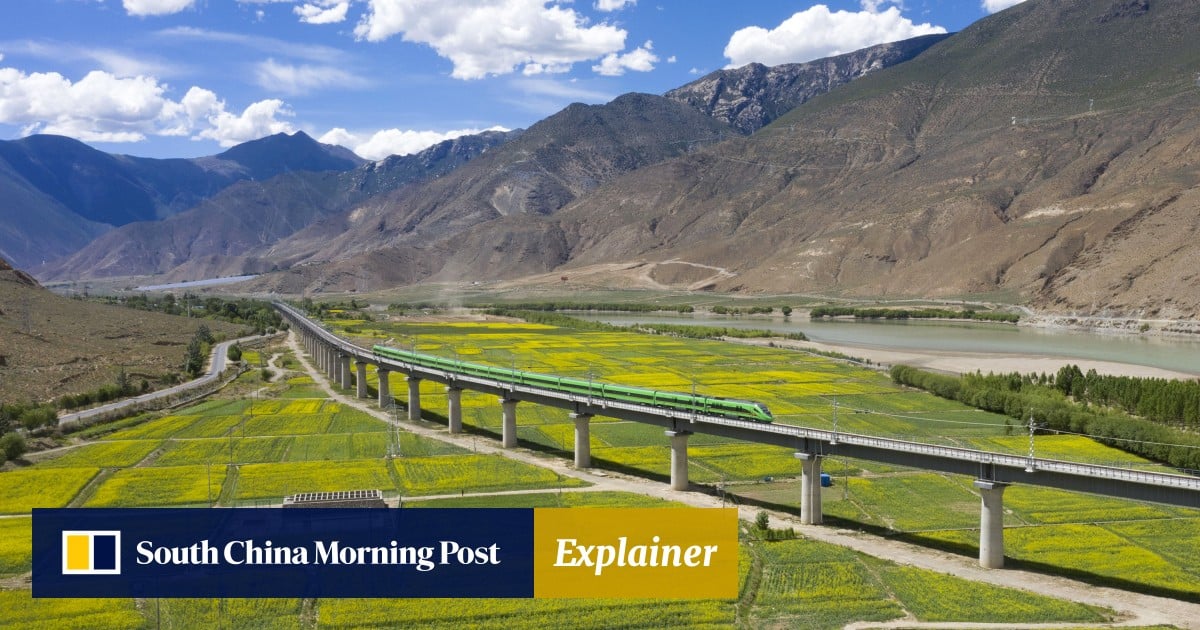
Advertisement
The 1,980km (1,230 miles) line has been dubbed one of the “projects of the century” for the extreme engineering challenges it presents and the massive investment required. Traversing mountain ranges, glaciers and permafrost zones at altitudes averaging above 4,500 metres (14,764 feet), it will connect the two autonomous regions in northwestern and southwestern China.
In this explainer, the Post examines why the railway matters for Beijing and its anticipated costs and benefits.
How much is the project expected to cost?
The state-owned Xinjiang-Tibet Railway Company, established in August with capital of 95 billion yuan, will build and operate the line.
Total investment could reach 400 billion yuan (US$56.2 billion) – or about 200 million yuan (US$28.1 million) per kilometre – according to analysts at Citic Securities.
That would make it one of China’s most expensive rail projects ever, surpassing the estimated 320 billion yuan cost of the Sichuan-Tibet Railway, which is still under construction.
Why does the project matter to Beijing?
Advertisement


